The recent volcanic eruptions across the Pacific Ring of Fire have reignited scientific interest in modeling the dispersion of volcanic ash clouds. These plumes, often stretching thousands of kilometers, pose significant risks to aviation, public health, and regional ecosystems. Unlike conventional weather patterns, volcanic ash dispersion involves complex interactions between atmospheric dynamics, particle physics, and geothermal energy release—a challenge that pushes modern computational models to their limits.
Understanding the mechanics of ash cloud propagation requires examining how fine particulate matter behaves under turbulent atmospheric conditions. When a volcano erupts, it ejects a mixture of gas, rock fragments, and glass particles into the stratosphere. The smallest particles—those under 2 micrometers—can remain aloft for weeks, riding wind currents that may carry them across continents. Researchers at the Volcanic Ash Advisory Centers (VAACs) have documented cases where Indonesian eruptions affected Australian airspace within 48 hours, while Icelandic volcanoes have disrupted European flight corridors for days.
The latest generation of dispersion models incorporates real-time satellite data, lidar measurements, and atmospheric sounding to predict ash movement with unprecedented accuracy. The European Union's Copernicus Atmosphere Monitoring Service now combines satellite observations with the FALL3D model, which simulates particle sedimentation based on density, shape, and electrostatic properties. This represents a quantum leap from the early 2000s, when models relied primarily on wind field extrapolation and basic particle trajectory calculations.
One underappreciated aspect of volcanic plume modeling involves the electrification of ash particles. During explosive eruptions, colliding fragments generate substantial static charges—sometimes exceeding 100 million volts. This phenomenon creates lightning storms within ash clouds while simultaneously altering particle aggregation patterns. The 2019 Raikoke eruption demonstrated how charged particles defied standard dispersion predictions, remaining concentrated at 12-14 km altitude despite favorable conditions for lateral spread. Such discoveries have prompted modelers to integrate electromagnetic variables into their simulations.
Meteorological agencies face particular challenges when ash encounters precipitation systems. The 2010 Eyjafjallajökull eruption revealed critical gaps in modeling wet deposition—the process where rain captures airborne ash. British atmospheric scientists later determined that springtime weather fronts had scavenged nearly 40% of the ash load from European airspace, a phenomenon their models failed to anticipate. Current research focuses on microphysical interactions between ash surfaces and water droplets, with the University of Cambridge developing parameterizations for ice nucleation on volcanic particles.
The aviation industry's tolerance for ash contamination has decreased dramatically since the 1982 British Airways incident where a 747 temporarily lost all engines after ash ingestion. Modern jet engines operate at higher temperatures, making them more vulnerable to glassification—where molten ash adheres to turbine blades. This has forced modelers to shift focus from simple concentration thresholds to particle flux calculations across three-dimensional airspace volumes. The International Civil Aviation Organization now mandates that models provide probabilistic forecasts of ash density at specific flight levels rather than two-dimensional hazard maps.
Emerging techniques in machine learning augmentation show promise for addressing modeling uncertainties. By training neural networks on historical eruption data combined with real-time satellite retrievals, the U.S. Geological Survey has reduced false-positive ash detection by 28% in test scenarios. However, these systems struggle with novel eruption styles—such as the 2022 Hunga Tonga event—where underwater explosions created vertically oriented plumes reaching the mesosphere. Such outliers highlight the need for maintaining first-principle physical models alongside data-driven approaches.
Regional differences in atmospheric composition further complicate global modeling efforts. Volcanic emissions interacting with Arctic air masses demonstrate distinct dispersion patterns compared to tropical eruptions, largely due to variations in stratospheric humidity and polar vortex dynamics. Russian volcanologists have documented how Siberian eruptions produce longer-lasting stratospheric veils because cold temperatures inhibit particle coagulation. These findings necessitate geographically tuned model parameters that account for latitudinal variations in atmospheric physics.
The next frontier in ash dispersion modeling may involve quantum computing applications for fluid dynamics simulations. Traditional supercomputers require weeks to run ensemble forecasts with high-resolution atmospheric data. Early experiments at Los Alamos National Laboratory suggest quantum algorithms could solve Navier-Stokes equations for particle-laden flows in hours rather than days. While still in prototype phase, such advancements could eventually enable real-time, global-scale ash tracking with resolution down to individual flight paths.
Public health implications of improved modeling extend beyond aviation safety. Fine ash particles measuring under 10 microns (PM10) pose respiratory hazards, particularly when heavy metals like vanadium or cadmium adhere to their surfaces. Epidemiologists have correlated increased hospital admissions for asthma and bronchitis with specific ash dispersion patterns following the 2011 Grímsvötn eruption. More accurate models could enable targeted health advisories and preventive medication distribution in downwind communities.
As climate change alters global wind patterns and atmospheric stability, historical eruption data becomes less reliable for predictive modeling. The jet stream's accelerating variability—particularly in the Northern Hemisphere—has already disrupted traditional ash transport pathways. Some researchers propose developing scenario libraries that incorporate climate projection data, allowing models to anticipate how future eruptions might behave in fundamentally altered atmospheric conditions. This forward-looking approach represents a paradigm shift from reactive to proactive volcanic hazard management.
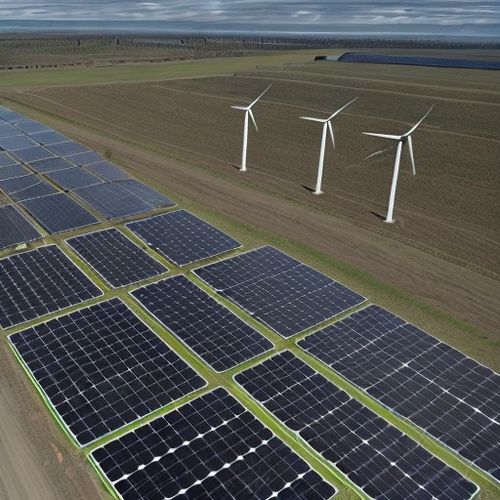
By Megan Clark/Apr 19, 2025

By Thomas Roberts/Apr 19, 2025
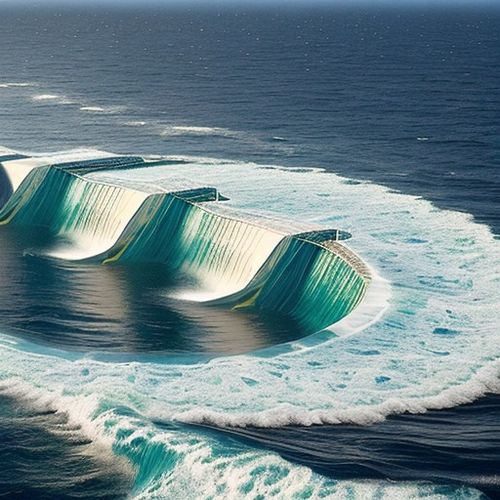
By Thomas Roberts/Apr 19, 2025

By Emily Johnson/Apr 19, 2025

By Samuel Cooper/Apr 19, 2025

By Samuel Cooper/Apr 19, 2025

By George Bailey/Apr 19, 2025

By Joshua Howard/Apr 19, 2025

By William Miller/Apr 19, 2025

By Emily Johnson/Apr 19, 2025
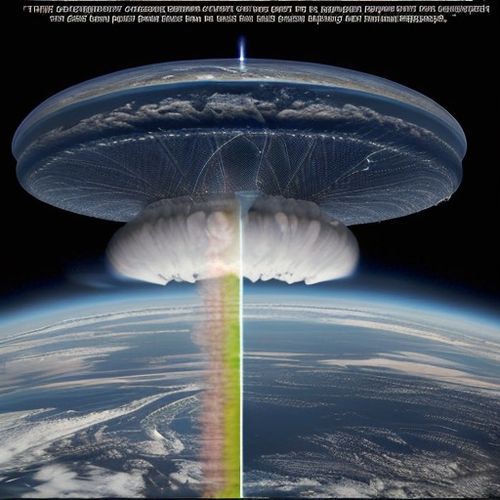
By William Miller/Apr 19, 2025

By James Moore/Apr 19, 2025
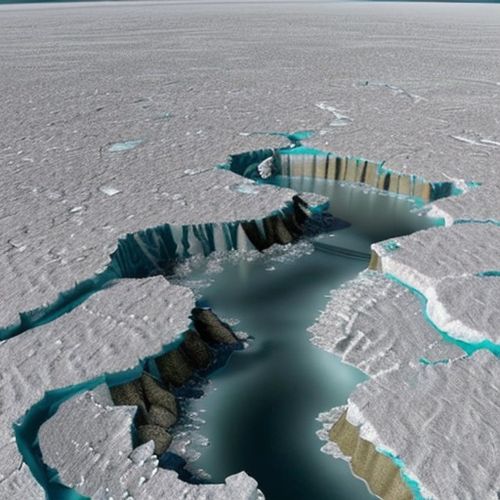
By Joshua Howard/Apr 19, 2025
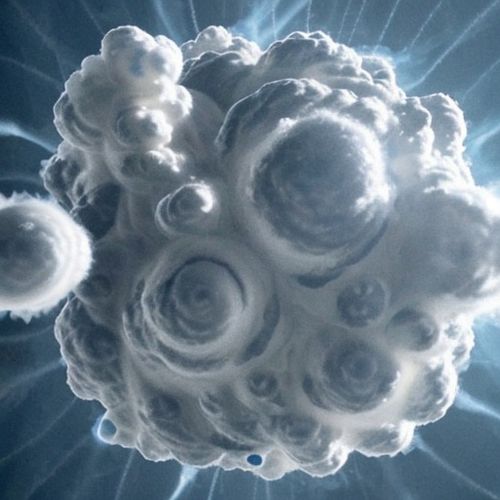
By William Miller/Apr 19, 2025
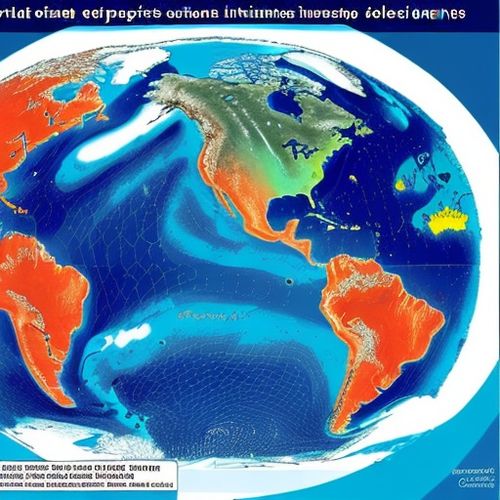
By James Moore/Apr 19, 2025

By Elizabeth Taylor/Apr 19, 2025
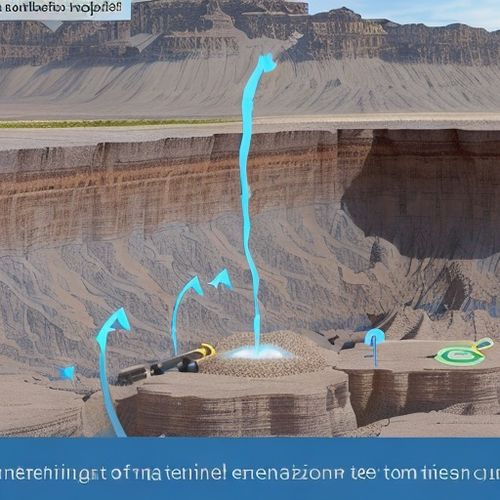
By Grace Cox/Apr 19, 2025
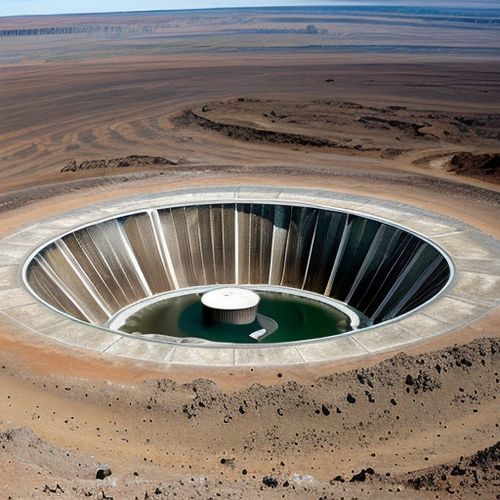
By Grace Cox/Apr 19, 2025
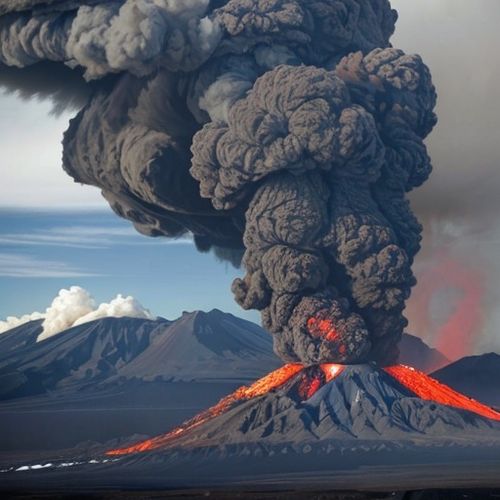
By Joshua Howard/Apr 19, 2025

By David Anderson/Apr 19, 2025